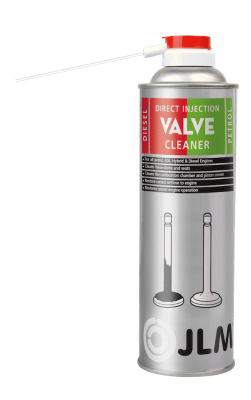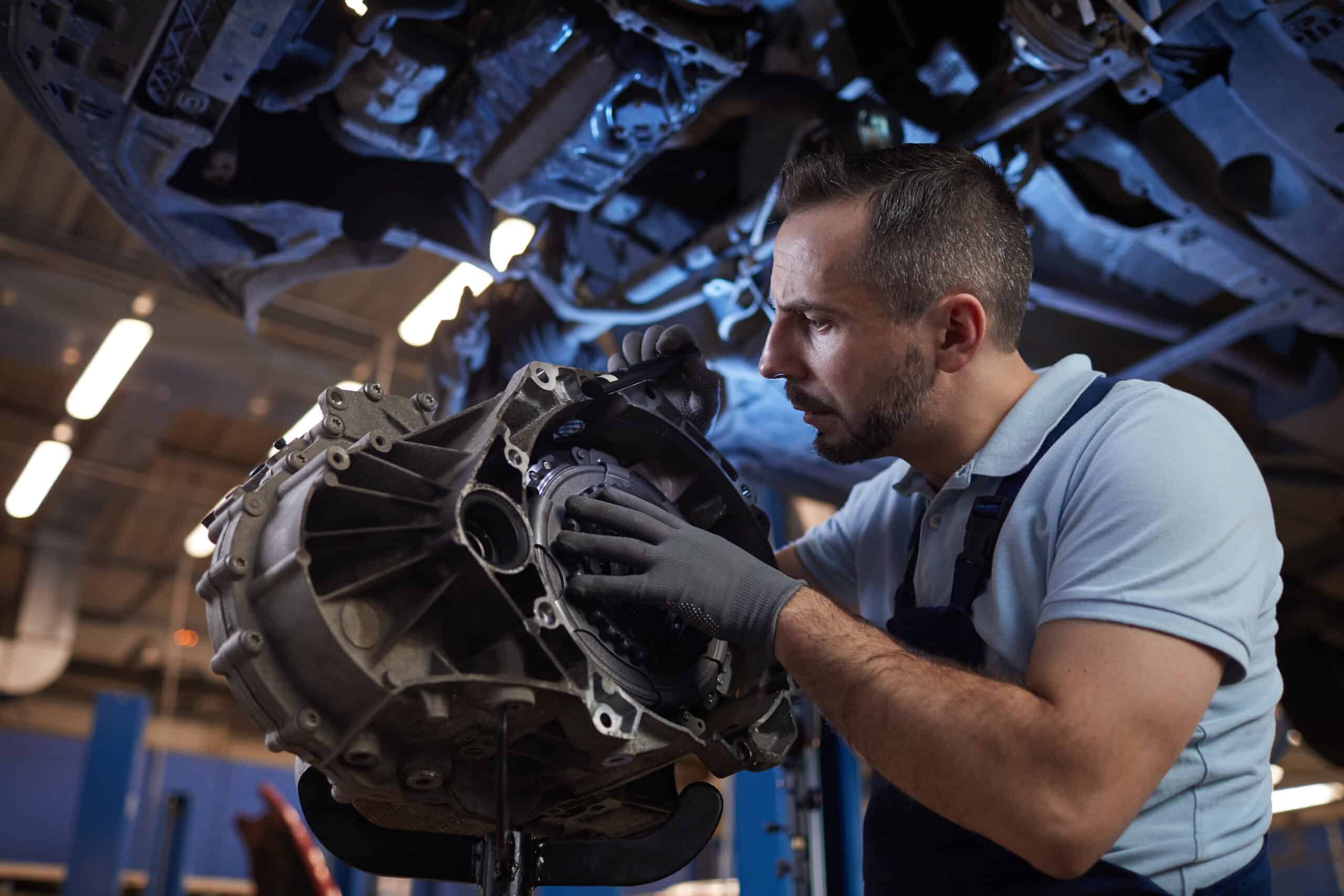JLM Lubricants’ Direct Injection Valve Cleaner is a powerful remover of stubborn carbon-based deposits that accumulate within engine combustion chambers and behind valves, especially. This situation is prevalent on direct-injected petrol (GDI) and hybrids, but it also afflicts diesel models, which robs the engine of power, efficiency and reliability.
Product information
An unfortunate consequence of relocating fuel injectors from the intake to the combustion chamber is that the inlet valves especially are not kept clean by fresh petrol washing past them. Due to a combination of crankcase ventilation and exhaust gas recirculation deposits, carbon also builds quickly within the air inlet, effectively suffocating the engine. As these carbon deposits experience higher temperatures as they enter the cylinder-head casting, they become baked to the surface, making them especially difficult to remove.
JLM’s Direct Injection Valve Cleaner is an essential part of a multi-pronged attack on removing harmful carbon deposits that afflict modern engines. It should be used alongside JLM’s GDI Injector cleaner fuel additive (for petrol engines only) and the JLM EGR and air intake cleaner aerosol (both petrol and diesels) for best results.
JLM Lubricants’ Direct Injection Valve Cleaner’s easy to use aerosol contains dedicated cleaning surfactants to dislodge and remove baked-on carbon more effectively than alternative products that rely on solvents alone. As the cleansing solution passes into the engine, JLM’s formulation is also gentler when combusted and is harmless to particulate filters and catalytic converters.
JLM’s Direct Injection Valve Cleaner cleans not just the valves but also the complete combustion chamber. The result is enhanced engine efficiency and reduced exhaust emissions, notably carbon monoxide (CO) and hydrocarbons (HC), a benefit of which is improved cold-start performance.
HOW TO USE
This product is intended for professional use only!
JLM has designed its Direct Injection Valve Cleaner for ease of use. Instead of requiring direct access to the cylinder-head inlet tracts, the product enters the air intake of a warm running engine, thus avoiding extensive dismantling.
Shake the aerosol for at least two minutes and direct the spray into the intake in small bursts not exceeding three seconds. Never allow the cleaner to pass through the intercooler, or enter any corrugated/convoluted rubber pipes, which can cause pools to accumulate. When you have decided the best access point for the engine on which you are working, proceed as follows:
- Start the engine, ensure it is to its normal running temperature and run it at idle speed.
- Spray the product in short intervals of up to three seconds into the intake manifold. The engine speed may increase, or decrease, with each application. Allow the engine revolutions to stabilise before spraying again.
- Should the engine speed increase, or you notice knock/pinking/pinging, cease spraying and allow the engine to return to idle. Do not depress the accelerator.
- With half of the aerosol content used, allow the engine to idle for a further two minutes before continuing.
- When the aerosol is depleted, allow the engine to idle for a further two minutes.
- Stop the engine and reassemble the intake system.
- Start the engine again and accelerate it to 2,500rpm briefly and allow it to idle again. Repeat ten times. Alternatively, embark on a short drive of between 5-8 kms (3-5 miles).
- Before stopping the engine, allow it to idle again for at least one minute.
- JLM’s Direct Injection Valve Cleaner should be used in a well-ventilated area; both gloves and eye protection are necessary.
Frequently
asked
questions
These are the most common questions we get from a potential distributor.



